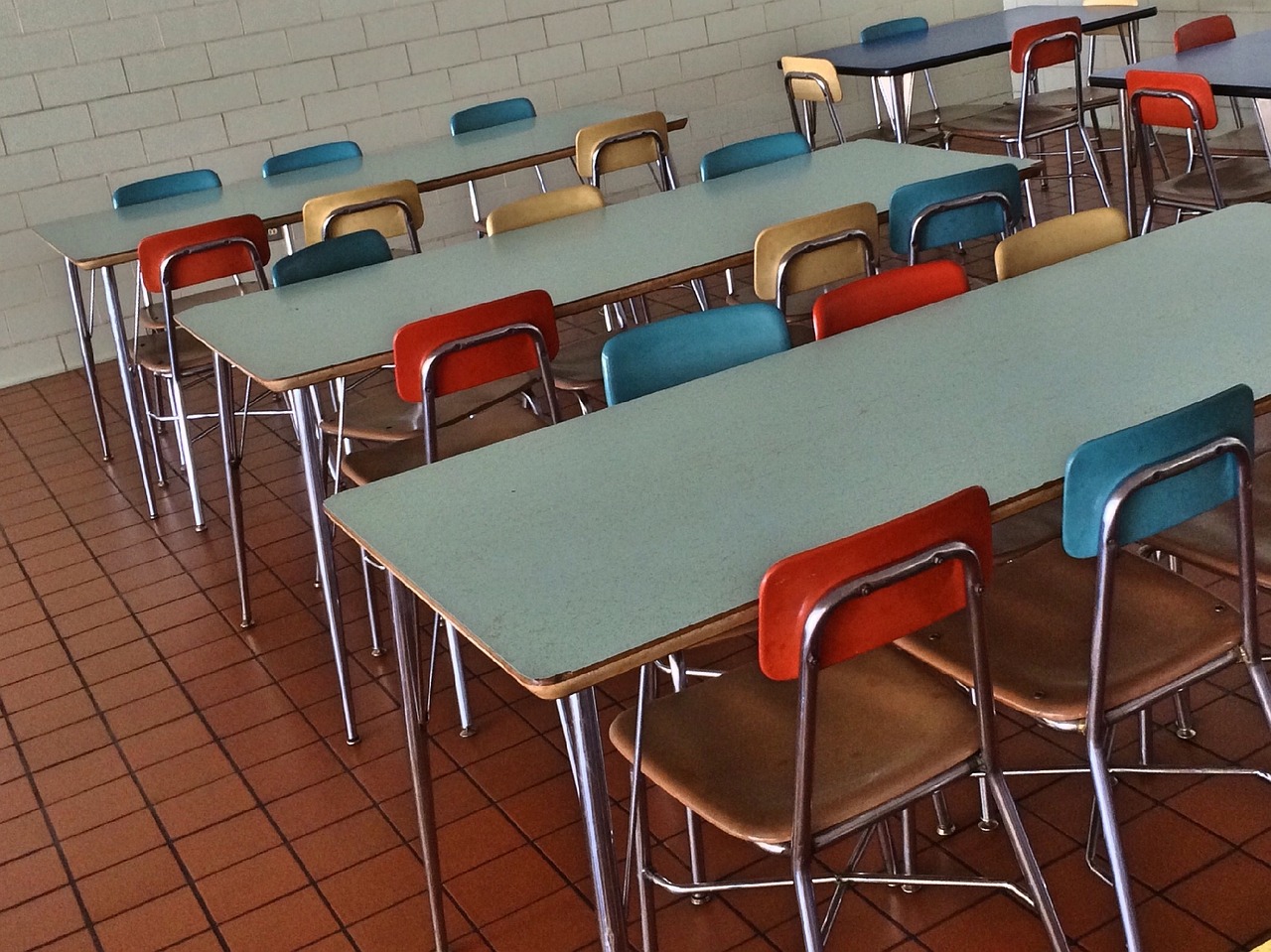Schools around the world provide lunches in some form for the students. We’ll look at the use of Lean and Six Sigma in school food programs and finish with a video of what kids eat for lunch in various countries.
Six Sigma Used to Increase Food Sharing in a School Cafeteria
In a Master’s thesis titled “Increasing Food Sharing in a PreK-8 School Cafeteria with Six Sigma” author Sanukta Mylandla discusses the use of Six Sigma to increase food sharing and reduce food waste in a school cafeteria.
According to the author,
“This project’s goal was to apply Six Sigma methodology to a PreK-8 school cafeteria in order to measure the daily levels of food waste and convert it into meaningful data to be used to promote food rescue and reuse at local elementary schools”.
The thesis includes:
- Cafeteria Spaghetti Diagram
- Cause and Effect Diagram for Food Waste Effect
- SIPOC for Food Waste
- Measurement Systems Analysis
- Process Map for Data Collection
- Cause and Effect Matrix To Narrow Input Variables
- FMEA
- Summary of Food Rescue Program
You can read the thesis here.
Kaizen Applied to the Provision of School Lunches: India
An article titled “An NGO in India has adopted Kaizen technology” discusses the use of Kaizen in providing school lunches.
Akshaya Patra is a mid-day meal NGO serving school lunch to 17,12,460 children in 36 kitchens across 12 states of India, every day.
The article lists some of the improvements achieved through the use of Kaizen.
- Lid steriliser at Vadodara kitchen, Ahmedabad
- Tool shadow board at Vasanthapura kitchen, Bengaluru
- Increase in per hour roti production batches at Ajmer kitchen, Rajasthan
- Air powered grease gun at Bellary kitchen, Karnataka
You can read the article here.
Food in Montgomery County Public Schools
In a report titled “Food in Montgomery County public schools” Jennifer Renkema and Elaine Bonner-Tompkins cover the policies and practices that shape Montgomery County Public Schools’ delivery of food in schools and the approaches to school food in other jurisdictions.
Scrolling ahead to page 143 of the report, we see the Roadmap for Process Management and Improvement and Knowledge Management which includes the use of Lean and Six Sigma for existing processes.
Then on page 144, we see the strategies employed by The Division of Food & Nutrition Services (DFNS)
DFNS STRATEGIES
- Utilize the Baldrige Integrated Management System as the model for continuous
improvement
• Employ the Baldrige Criteria as an assessment tool for each of the areas
• Implement PDSA cycle for process improvement
• Frequent monitoring and prioritization of information system processes
• Frequent monitoring of performance measures
• Leadership meetings held twice a month
• Participate in the Process Management in Education sponsored the American Productivity and Quality Center
• Lean Six Sigma and other process mapping improvement activities
• Identify, map, and determine in-process and outcome measures for key processes in the division,
• Inputs, Guides, Outputs and Enablers (IGOE), determine how key processes are
interrelated and interdependent across functional areas and throughout the organization
You can access the report here.
School Lunches Around The World
See what kids eat for a school lunch around the world in this video from Food Insider.
You can watch the video here.
Want to progress further with your Six Sigma career?
Join ISSSP today and access the hundreds of interviews, webinars, whitepapers, case studies, and other resources available in our online library.








Leave A Comment